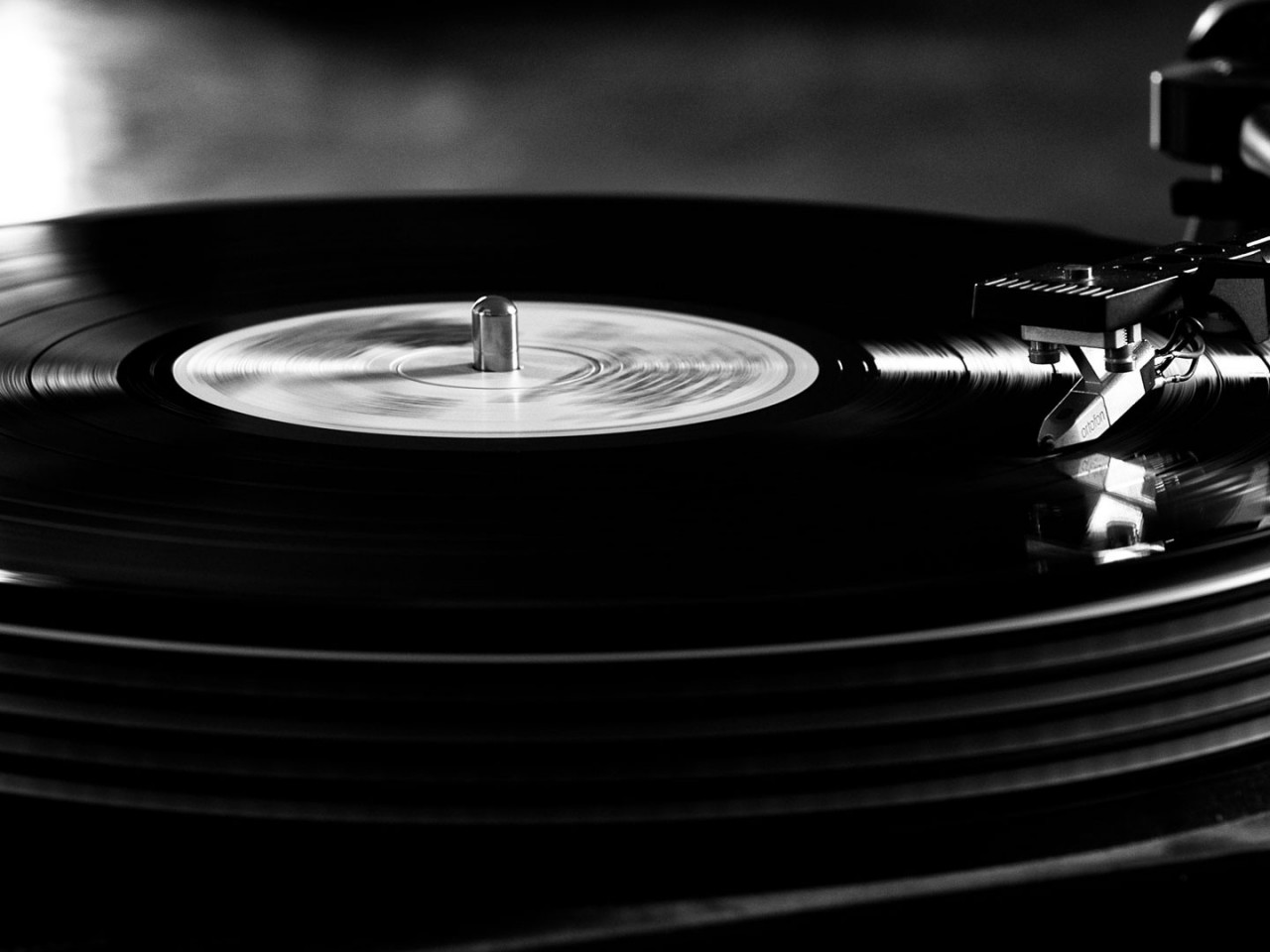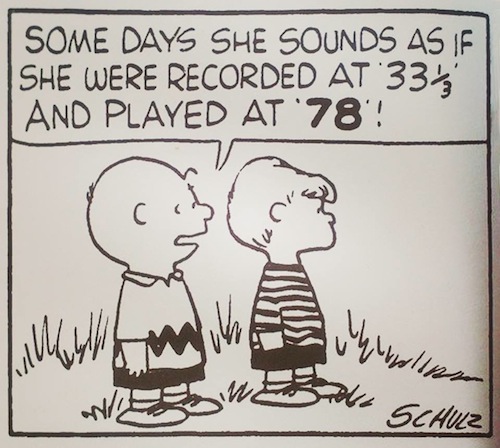
While thinking of what sort of businesses within American business history are the most fun to study, I realized that the most interesting markets are those that have totally and completely failed, only to find an unlikely way to rebound (although with today’s average consumer intelligence level, this has become much more common). Inferior products now have a fighting chance because of a generation of economic incompetents.
In realizing this, I remembered a certain conversation that I had with a high school (and economically handicapped) friend a year or so ago. There’s no reason to go through the whole conversation, but in basic shorthand, she first told me the approximate sum of money that she had spent on vinyl over the years, I then thought for a second about the abundance of free music on sites such as Spotify and YouTube, and, lastly, I promptly called her an idiot.
In remembering that story, I decided that I would show her why vinyl died in the first place (Hannah, this is for you): it was an inferior product beat out by unforeseen technological innovation. This inferiority, mixed with a consumer base with an eye for objectively better products, cause the downfall of vinyl and its subsequent replacement with alternative products, such as the cassette, the CD, and the MP3 player.

In her article “Chronology: Technology and the Music Industry” on the PBS Website (https://www.pbs.org/wgbh/pages/frontline/shows/music/inside/cron.html), Callie Taintor describes the evolution of music technology leading to and following vinyl. Thomas Edison created the first ever voice recording in 1877 on what he named the phonograph (literally translated from Greek, it means ‘sound writing’), and competitiveness in the market only improved upon his idea. With lookalikes of his work being created, Edison made the first improvement upon his idea by replacing his original hand crank with an electrical motor to create better sound quality and an easier listening experience, common goals that would be the driving force for future innovation. This innovation of changing the old device into something much better allowed Edison to remain ahead of the game, at least for a while.
Several “Big Ideas” appear throughout time in this piece:
The first “Big Idea” that we see is the idea of capitalism through expansion, innovation, and competition. In 1888, the cylindrical recording device of the phonograph was first replaced with a disk recording device in a new contraption dubbed the gramophone. This would be the first circular precursor to the vinyl we know and (don’t) love today. Improvements continued with materials and production techniques, eventually spurred on even more by competitors in the radio market. After a plethora of production types and a long list of materials were used to create the perfect sound quality, in 1943, polyvinyl chloride (also known as PVC or, as its popularly known, vinyl) was discovered to best fit the bill. The quiescent vinyl was born from the forge of capitalist growth, creativity, and business rivalry.
The second “Big Idea” revealed is that of unintended consequences and unacknowledged assumptions. The entirety of the professional music production industry was built on the belief that music created by a company would always be distributed by that company, and thus the revenue would always flow to that company as well. However, with the introduction of cassette tapes, made popular by the Sony Walkman in 1979, the issue of illegal music copying (AKA piracy) became a serious problem that would continuously plague the music production industry for years. Opportunity cost of producing the same amount of music at a certain quality and price fell. All it took was a new technology shattering the assumption of monopolized retail to make music prices to rise and quantity/quality to fall.
The third “Big Idea” shown is the idea of complexity. Music Consumers have turned out to be extremely fluid in their demand expectations. Where consumers previously fought for cheaper, better sounding, and more readily available music, the tide turned with the modern-day vinyl resurgence movement. With the vastly improved music available on the world-wide web today, music producers have found niche music consumers really care much more about appearance than music quality itself, which is the real reason vinyl has reappeared in such a massive way.

I’m no music aficionado, and certainly no expert on vinyl, but there are a lot of people who would argue with your assertion that vinyl is inferior to digital music in every way except the “appearance” of the physical product. For example, this article (https://www.popovleather.com/blogs/news/why-do-people-prefer-vinyl-music-to-digital-music) argues,
“Digital files are compressed soundwave files. For the most part, listeners don’t notice the compression of sound, and it allows the audio files to fit into a smaller digital space. This is what allows you to pack so many songs onto your phone or computer without using up all your memory.
“Vinyl, on the other hand, contains more of the original audio, so you get an audio experience that’s much closer to what you would have heard if you’d been in the studio on the day of recording. If you love listening to live music, you’ll notice the difference between listening to an LP and listening to a CD or MP3 player.”
I have no way to verify these statements, but I find that attributing phenomena solely to other people’s stupidity and incompetence is a risky move that must be backed by solid evidence.